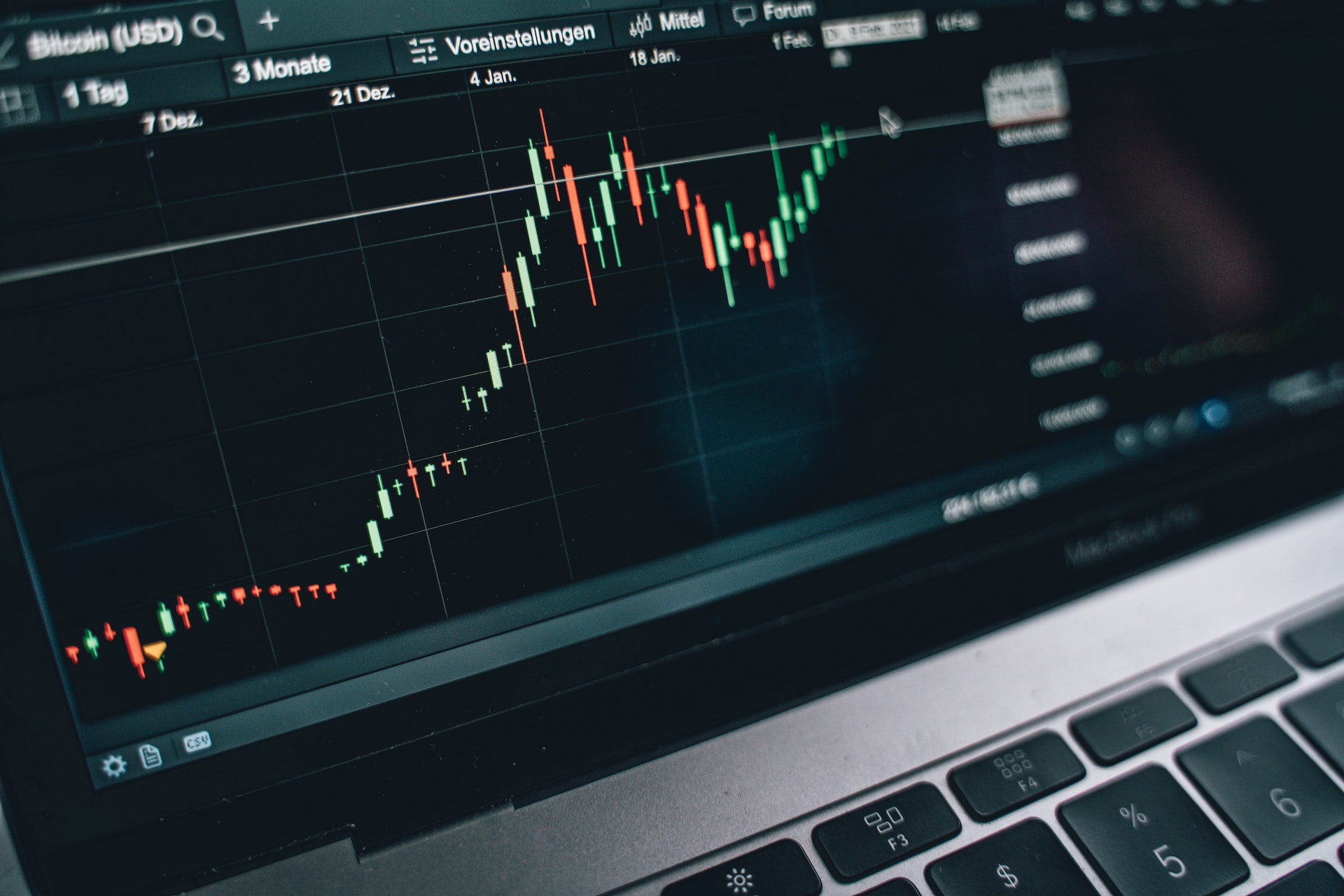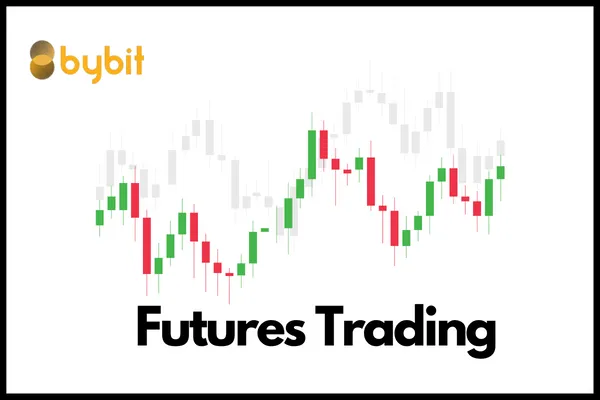
Futures refer to financial contracts that allow traders to buy/sell a specific amount of crypto at a determined price and date. Futures trading is a popular way to speculate on the price movements of cryptocurrencies without having to own the assets.
Here’s how it works:
- A trader enters into a futures contract with a counterparty. The contract specifies the quantity of crypto to be delivered, the price per unit, and the delivery date.
- If the price goes up before the delivery date, the trader can sell the futures contract for a profit. If the price goes down, the trader will have to sell the asset at a loss or take delivery of the coins.
- Futures contracts can be settled in cash or physical delivery of the underlying cryptocurrency. Cash-settled contracts are settled in fiat currency, while physically-settled contracts require the delivery of the cryptocurrency.
Futures trading in crypto has several benefits, including the ability to manage risk and gain exposure to the market without owning the underlying asset. However, it also carries risks, including the potential for significant losses if the price of the cryptocurrency moves against the trader’s position.
Top news
Comments
Subscribe
Login
0 Comments
Oldest












